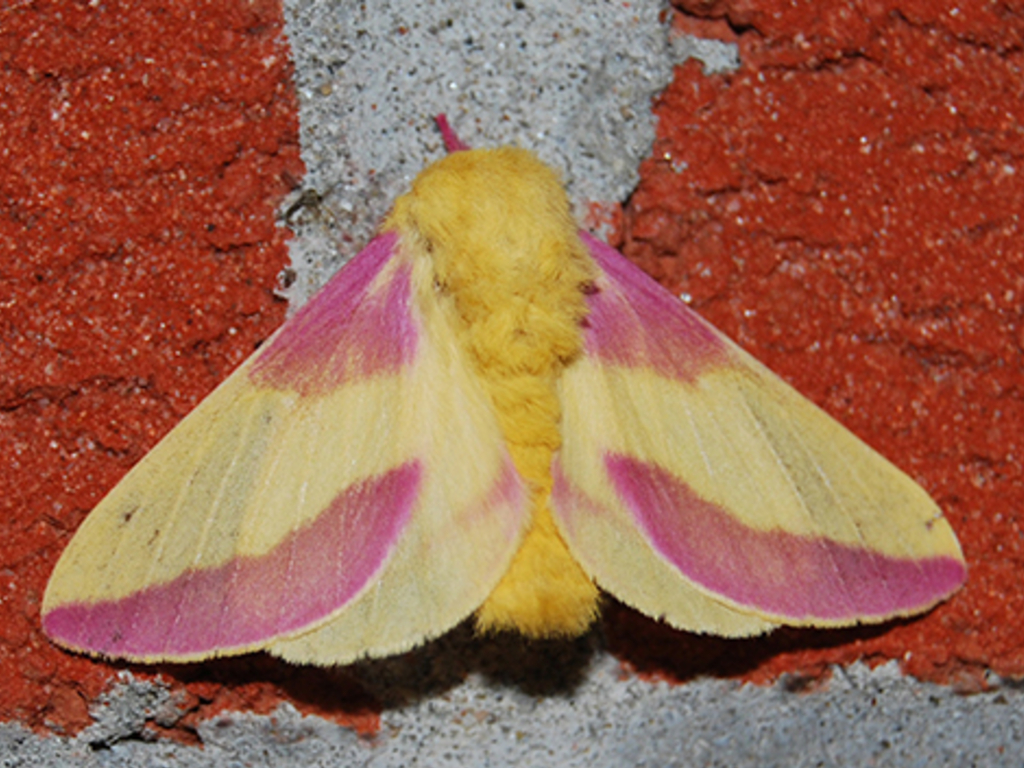Hate insects with wings? A little insect that some are calling the “strawberry banana moth” might just change your mind.

The rosy maple moth, more scientifically known as the dryocampa rubicunda, looks plucked out of a fairy-tale rainforest, but it’s been winning attention online after several widely-shared sightings in Canadian and American backyards this month.
In fact, the pink-and-yellow creature can be seen at the University of Guelph arboretum, along with 851 other types of moths. But it’s out in the wild, too.
New Hampshire-based author and podcaster Rebecca Lavoie shared a photo of one in her backyard on Twitter last week, writing: “This moth exists in nature and it’s on my desk.”
In an update, she shared a second photo. “Now there are two of them,” she writes.
Lavoie’s tweet has since gone viral, racking up more than 565,000 likes and over 80,000 shares on Twitter over the last six days. Many have taken to the original thread to share their own backyard findings, and to marvel at the beautiful little moths.
One Twitter user shared a snap of her pink elephant moth, Hawky, that has since been released into the wild.
Another noted that the rosy maple moth looks like “something a child would draw”; a whimsical creation from a child’s imagination.
“Looks like a Pokemon,” one Twitter user pointed out.
“What an absolute strawberry-banana milkshake of a moth,” another wrote.
The species of moth has been found in Ontario, Quebec, New Brunswick, Nova Scotia and Prince Edward Island, the Weather Network reports, and their incredible colours can range from vibrant yellow to dark pink.
The rosy maple moth typically lives anywhere from two to nine months, the Weather Network says, and much of that time is spent as a pupa during the winter months.
—




Comments